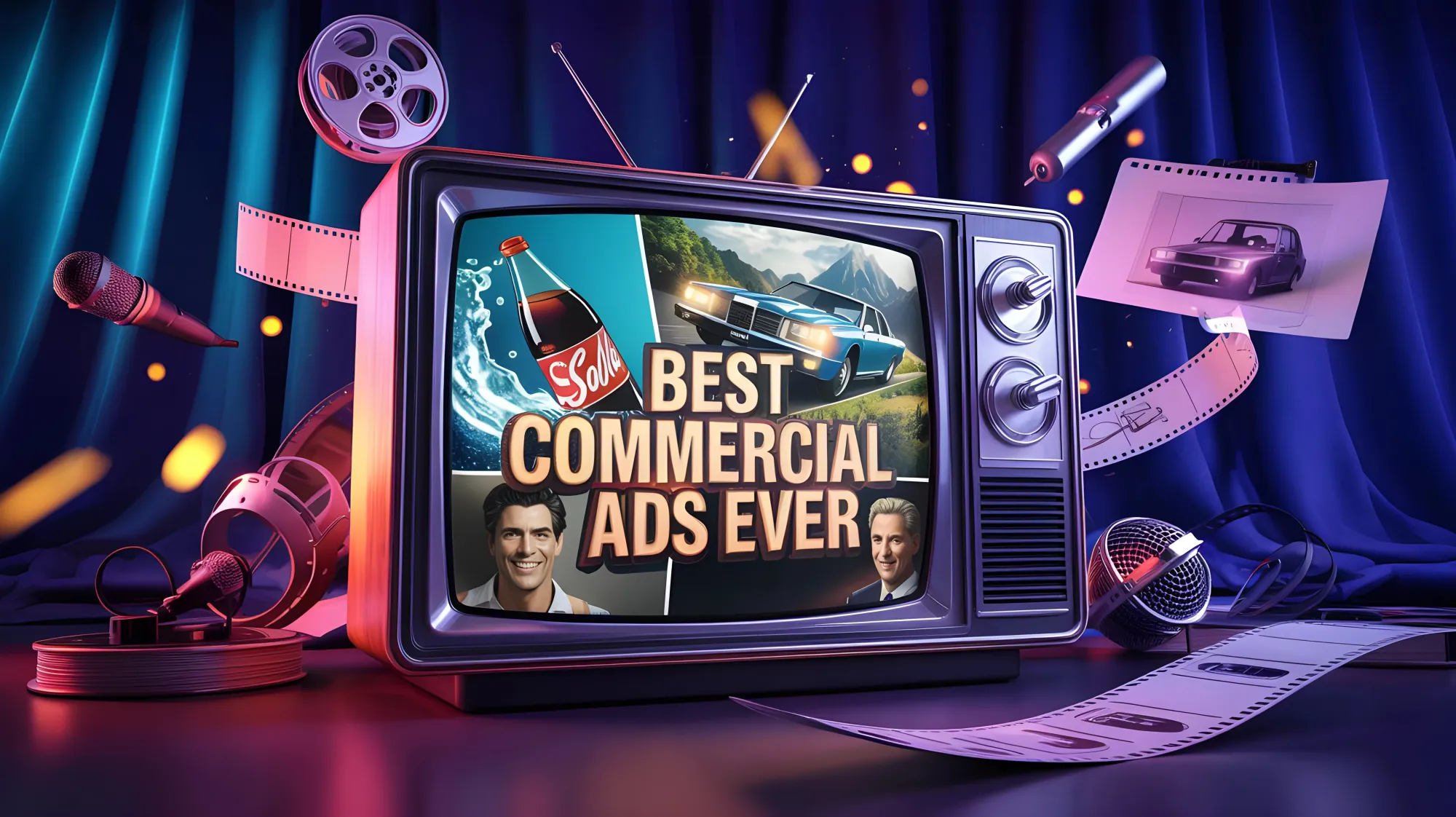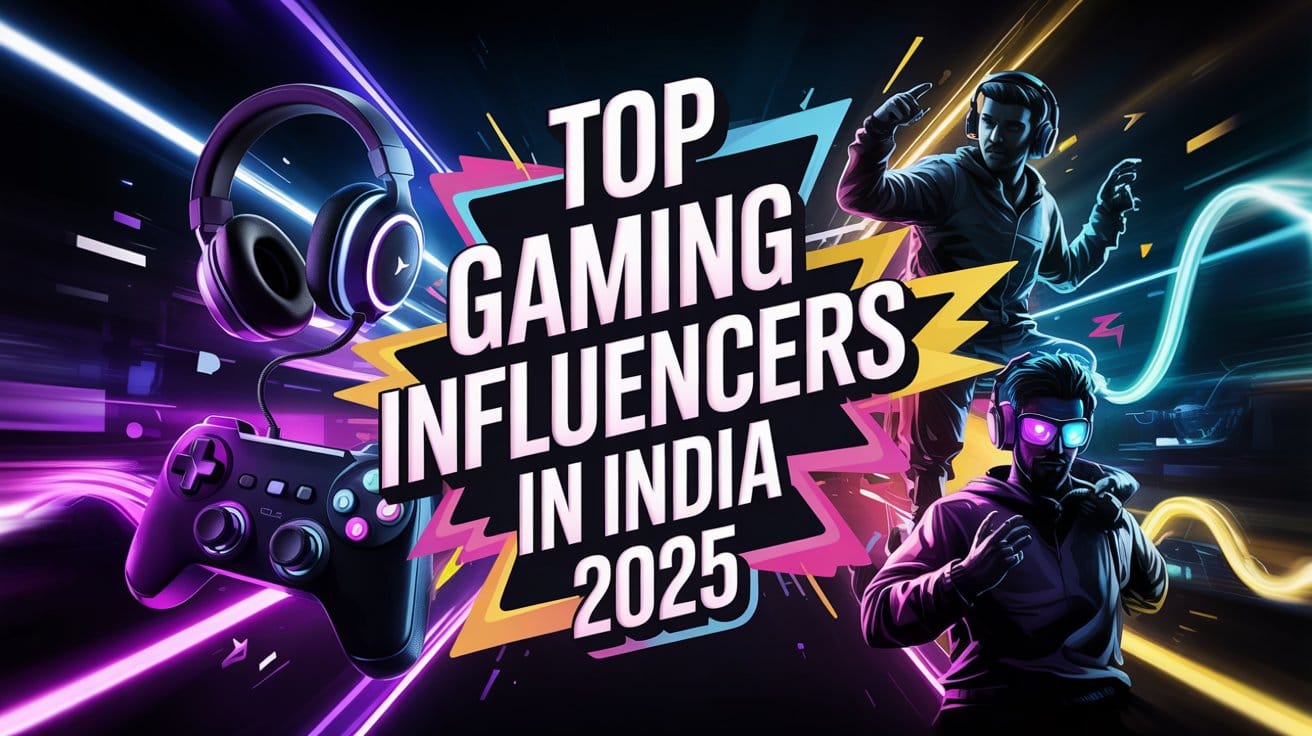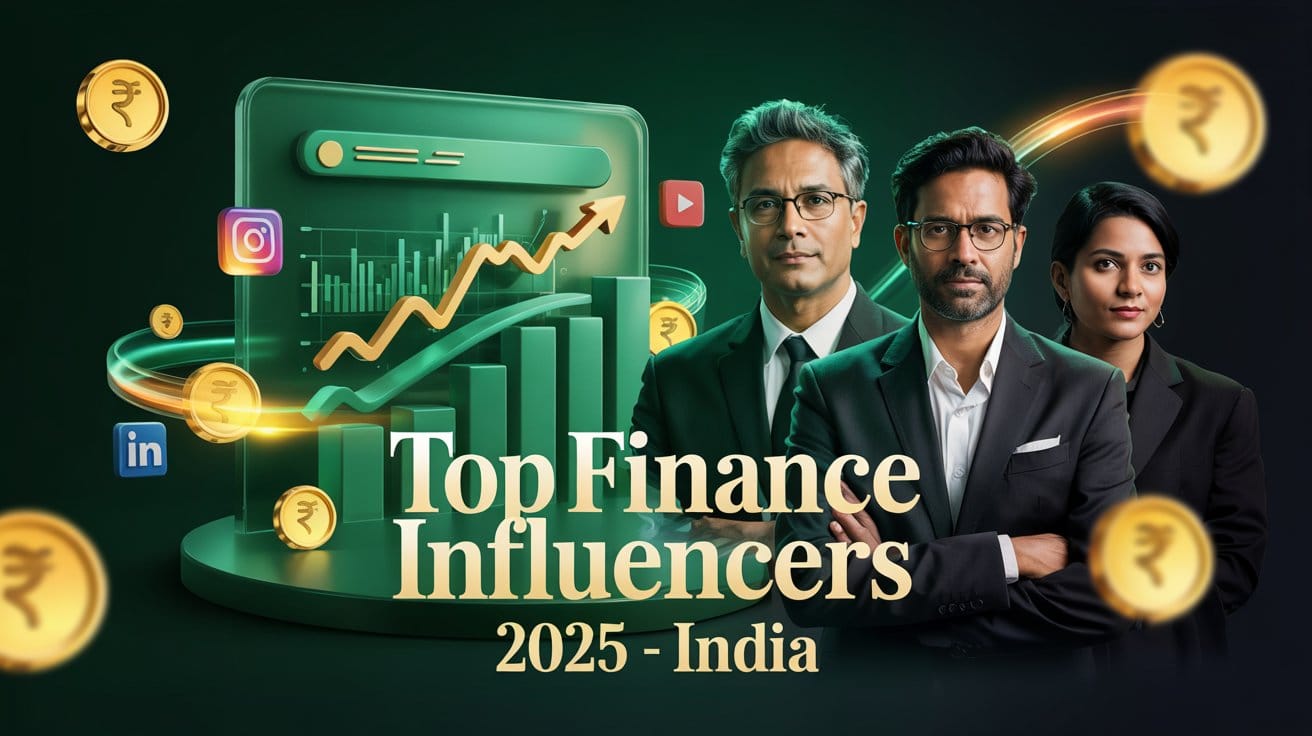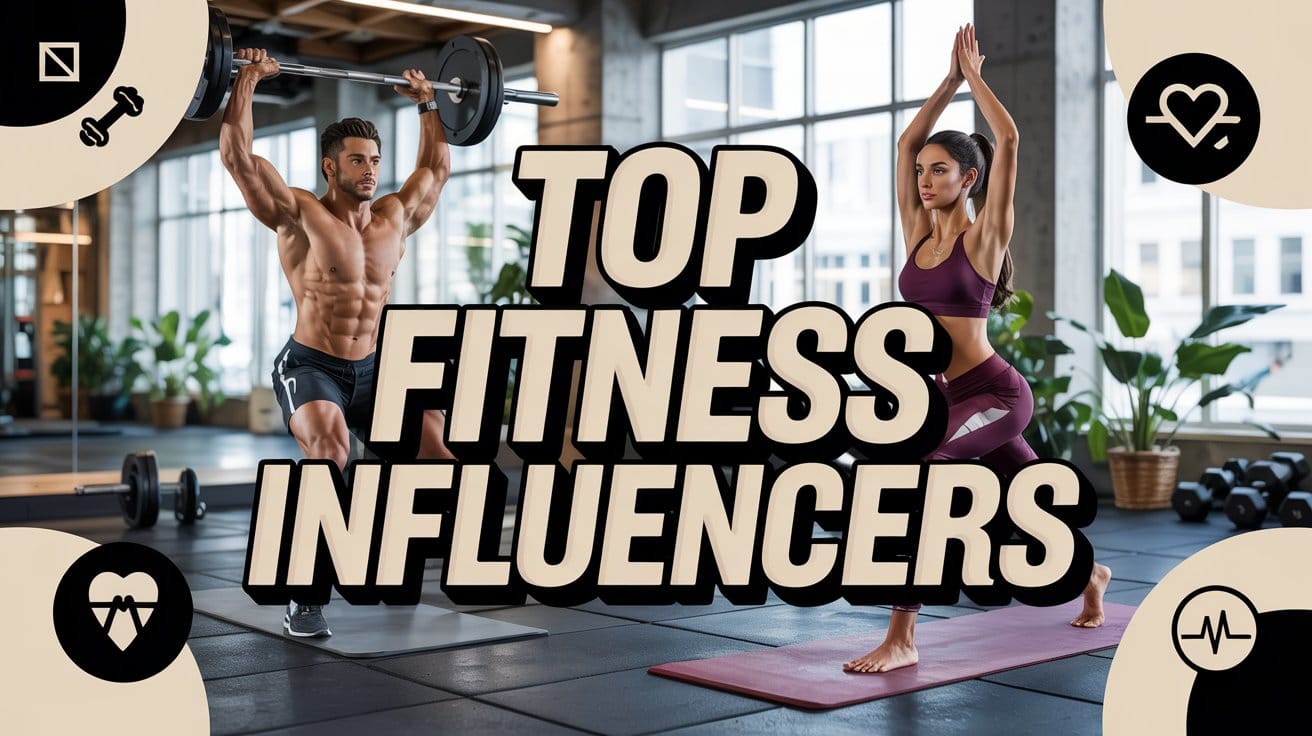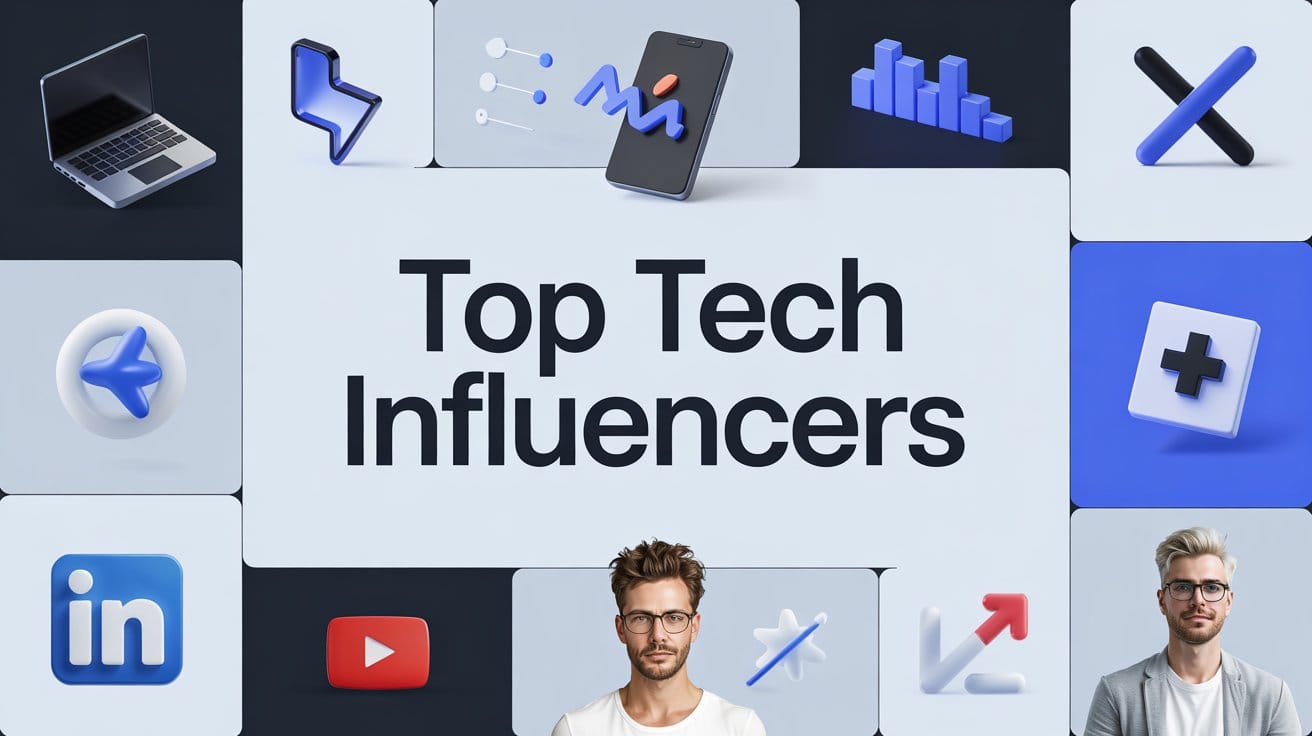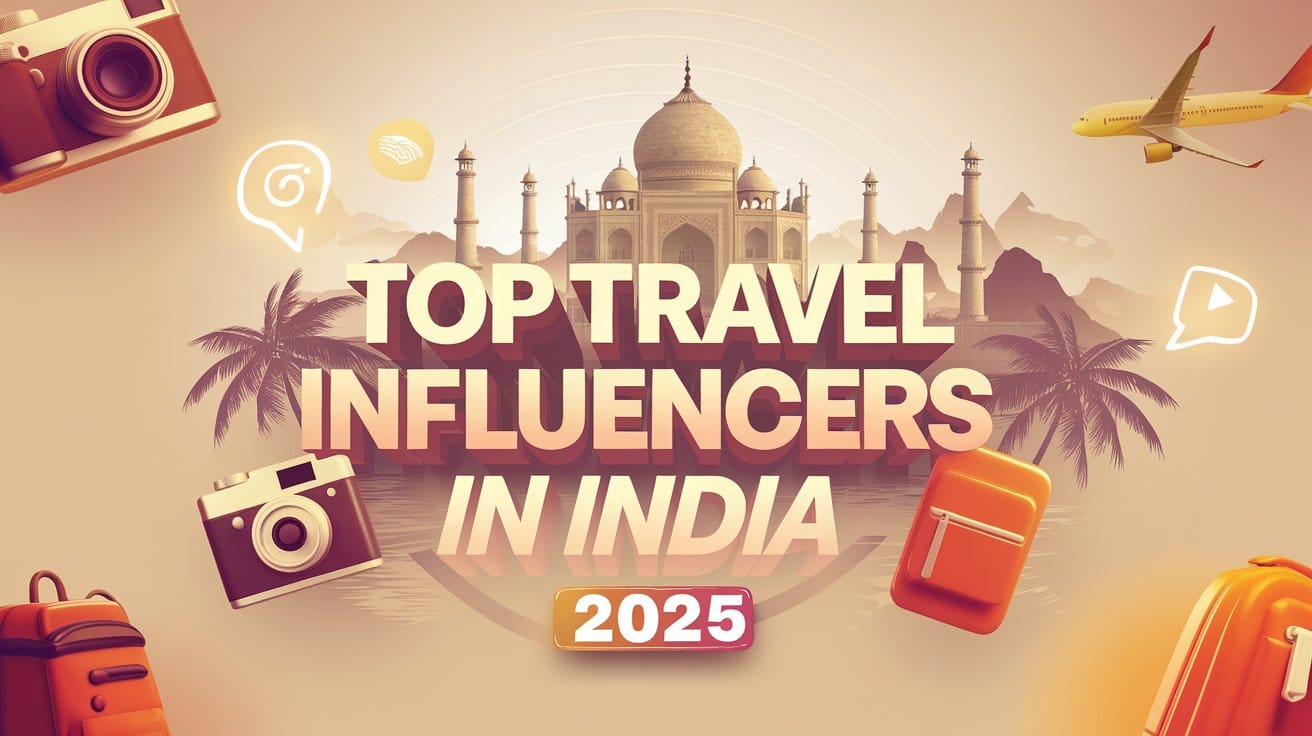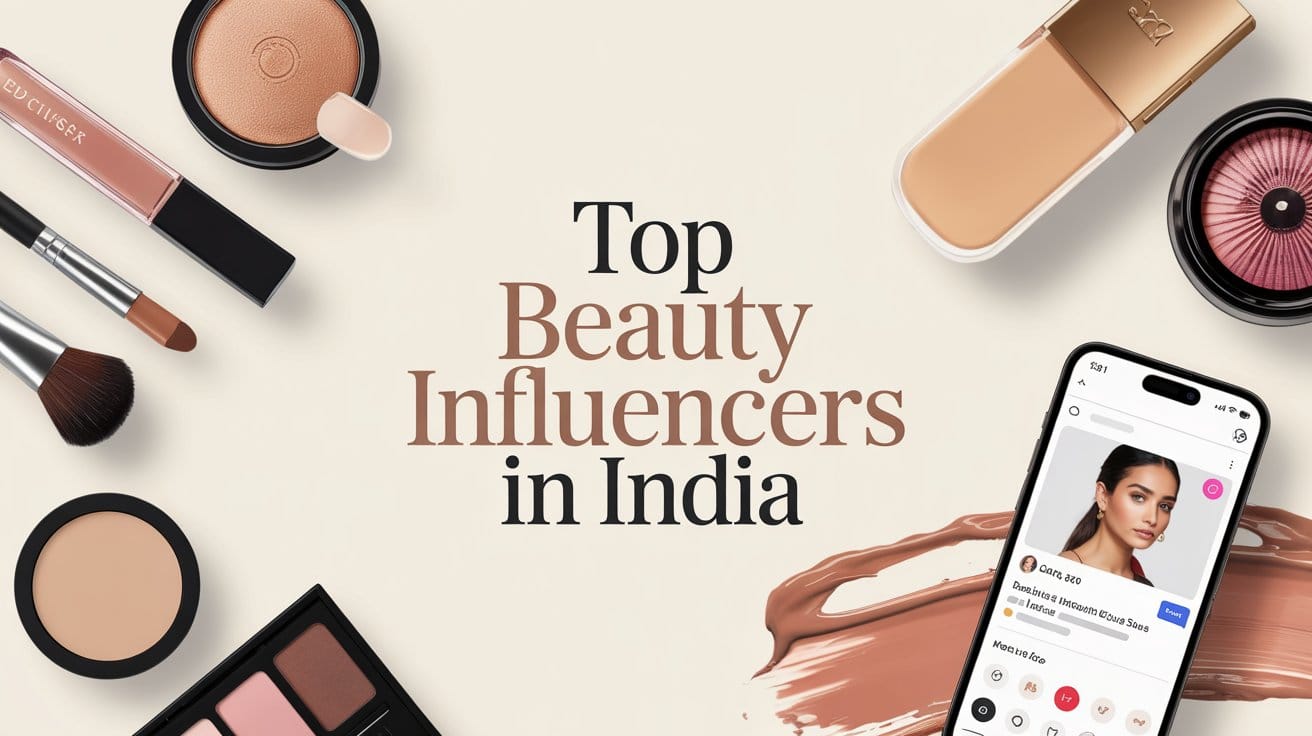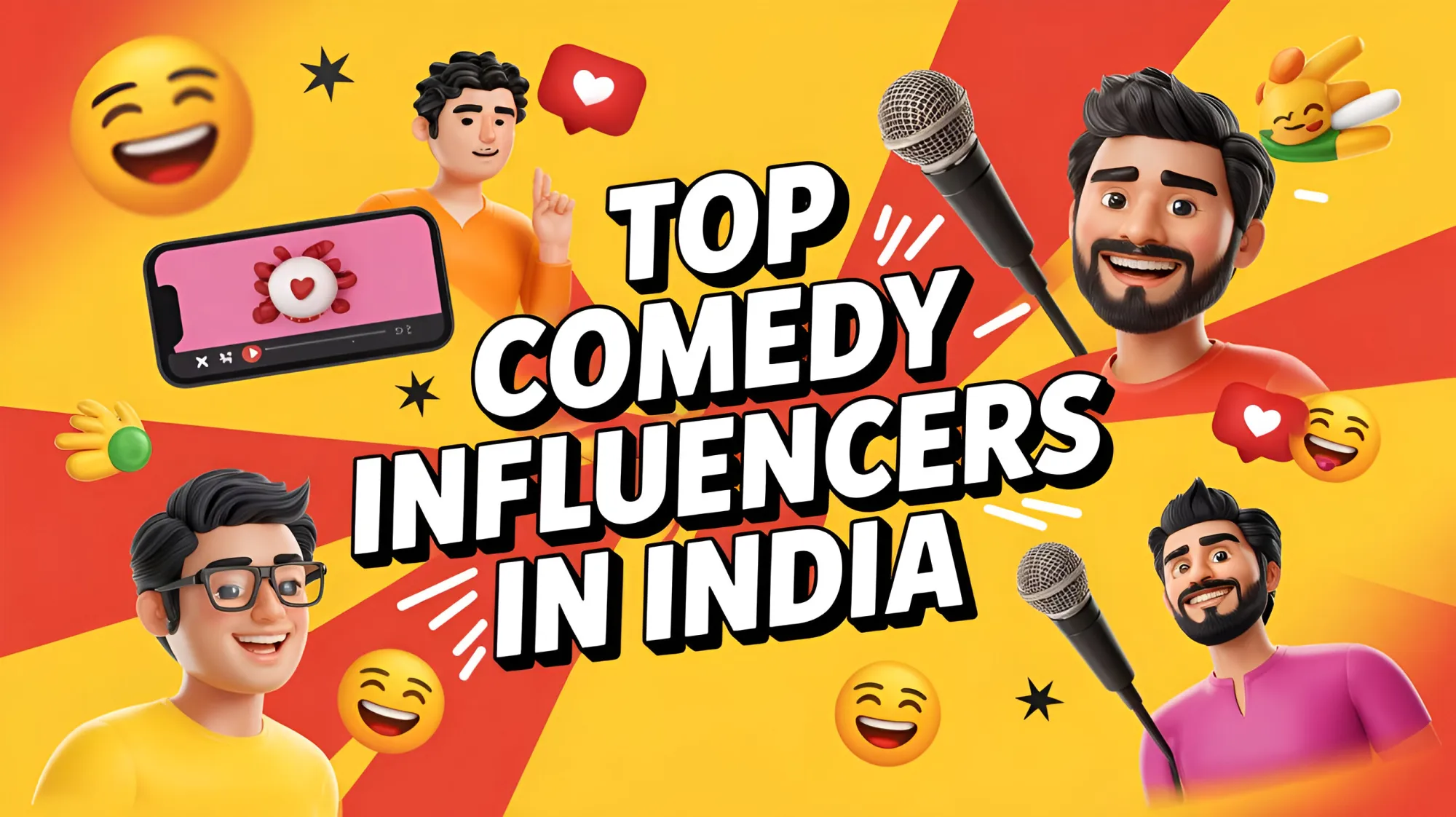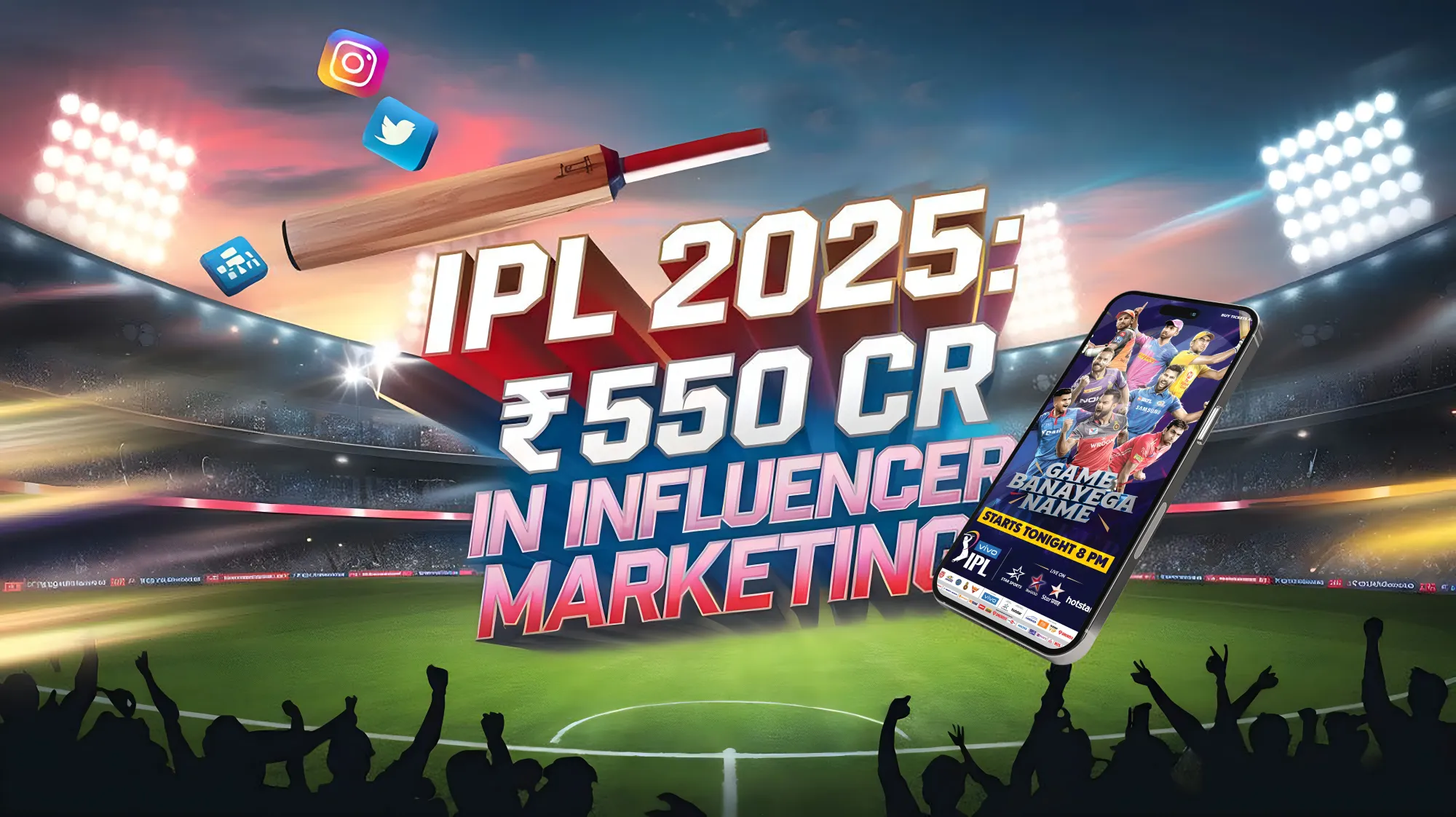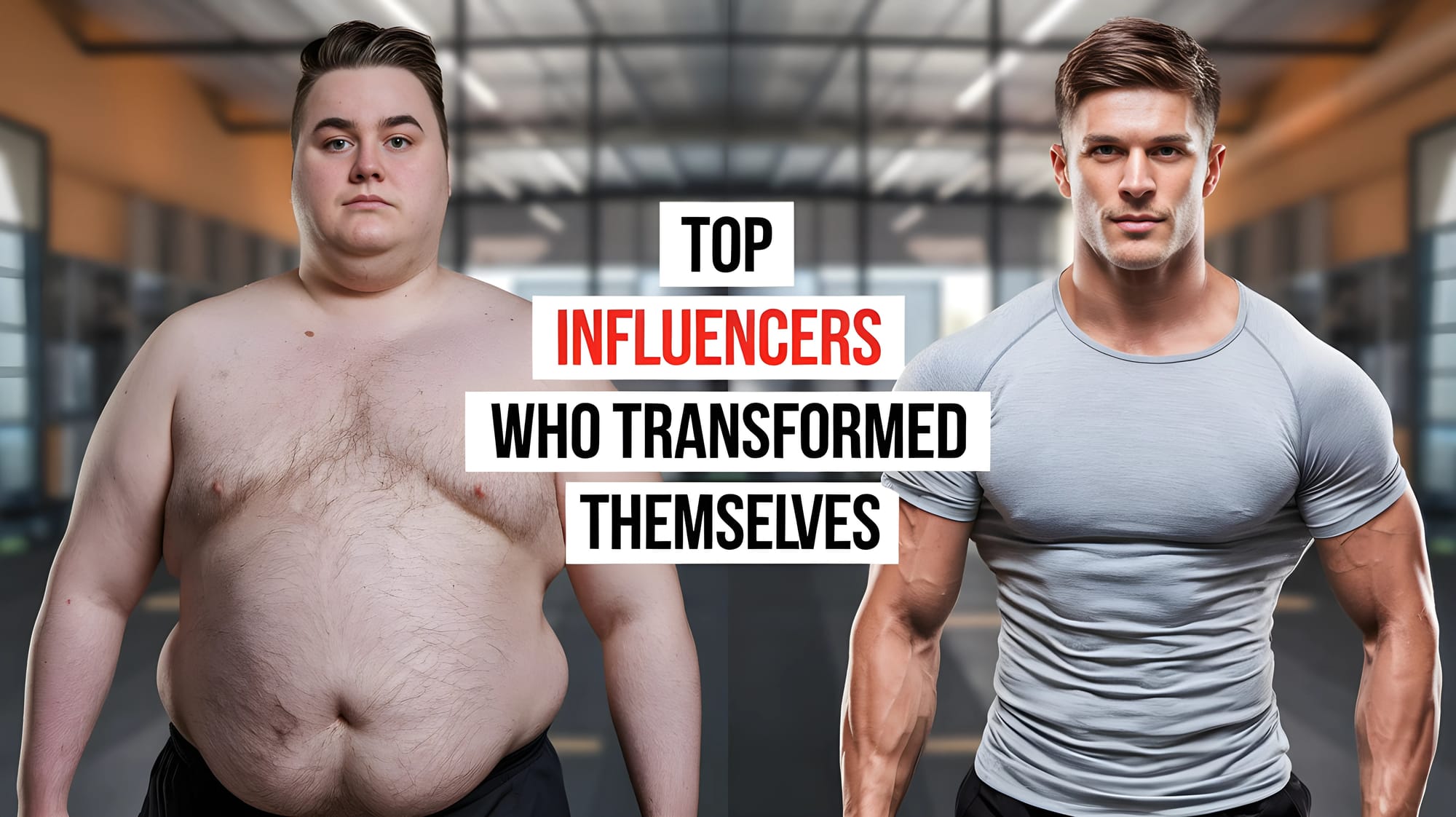If you're in digital marketing, you've probably faced this dilemma: Should I spend my budget on Facebook Ads or invest in influencer collaborations?
Both are powerful marketing strategies, but their effectiveness depends on your goals, audience, and budget. Some brands swear by paid ads for scalability and precision targeting, while others achieve massive success through authentic influencer partnerships.
But which one is better?
By the end, you'll have a clear roadmap for your marketing strategy.
Facebook Ads: The Power of Precision Targeting
What Are Facebook Ads?
Facebook Ads allow businesses to promote products and services through paid advertisements on Facebook, Instagram, and Meta’s Audience Network. Using AI-driven targeting, businesses can reach specific demographics based on age, location, interests, and online behaviors.
✔ Why Brands Use Facebook Ads
- Highly targeted advertising: Reach people based on behavior, interests, and demographics.
- Scalability: Adjust campaigns based on your budget, whether it’s $10 or $100,000.
- Diverse ad formats: Choose from image ads, video ads, carousel ads, and more.
- Fast results: Unlike organic marketing, paid ads generate immediate traffic and conversions.
- Retargeting potential: Show ads to people who have previously interacted with your brand.
❌ Challenges of Facebook Ads
- Ad fatigue: People tend to ignore repetitive ads, leading to lower engagement.
- Rising costs: Increased competition has driven up CPC (Cost Per Click) and CPA (Cost Per Acquisition).
- Privacy changes: Apple's iOS updates limit tracking, making targeting less precise.
- Trust issues: Consumers often skip ads, perceiving them as intrusive.
Key Metrics for Measuring Facebook Ads
1️⃣ Conversion Rate: Percentage of users who take the desired action (purchase, sign-up, etc.).
2️⃣ Return on Ad Spend (ROAS): Measures the revenue generated per spent on ads.
3️⃣ Click-Through Rate (CTR): The percentage of people who click on the ad after seeing it.
4️⃣ Engagement Rate: Likes, shares, and comments on the ad.
Nykaa’s Facebook Ad Success
A great example of a brand effectively using Facebook Ads in India is Nykaa, the beauty and cosmetics giant.
For their Pink Friday Sale, Nykaa leveraged Facebook video ads with engaging visuals, limited-time offers, and influencer testimonials to drive traffic to their website and app.
📊 Results:
✔ 3.5X increase in website traffic during the sale period.
✔ 2X growth in new customers acquired through Facebook Ads.
✔ Higher ROI with retargeting ads, reminding users about abandoned carts.
Influencer Marketing: The Power of Social Proof
What Is Influencer Marketing?
Influencer marketing involves brands partnering with social media influencers to promote their products or services. Instead of traditional ads, brands leverage an influencer’s credibility, trust, and engagement with their audience.
🤔 Why Brands Use Influencer Marketing
- Authenticity: Influencers create content that feels genuine, not forced.
- Higher engagement: Followers trust influencers more than traditional ads.
- Niche targeting: Brands can work with influencers whose audience aligns perfectly with their product.
- Boosts brand awareness: Even if followers don’t buy immediately, influencer partnerships help with long-term brand recall.
- Better conversion rates: Influencer recommendations often lead to higher sales.
Challenges of Influencer Marketing
- Finding the right influencer: Not every influencer aligns with your brand values
- Tracking ROI: Unlike Facebook Ads, influencer success isn't always easy to measure.
- Fake engagement: Some influencers buy followers, leading to wasted budget
- Limited control: Influencers control how they present your brand.
BoAt’s Influencer Marketing Success
A great Indian example of influencer marketing success is BoAt, the homegrown audio brand that became a market leader by leveraging influencer collaborations.
Instead of relying on traditional advertising, BoAt partnered with micro-influencers, celebrities, and content creators across platforms like Instagram and YouTube. The brand encouraged influencers to showcase their lifestyle, workouts, music sessions, and gaming setups featuring BoAt headphones and speakers, creating a strong user-generated content (UGC) ecosystem.
🔹 Result? BoAt became the #1 audio brand in India, with annual revenue crossing ₹4,000 crore in just a few years.
🔹 Why It Worked?
✔ Authenticity: Influencers made BoAt look aspirational yet affordable.
✔ Niche Targeting: Gamers, fitness enthusiasts, and music lovers all had dedicated influencer campaigns.
✔ Community-Driven Growth: Customers started associating BoAt with a ‘cool’ lifestyle, boosting organic engagement.
Lesson learned? Influencer marketing can drive massive brand awareness and sales but only if you choose influencers wisely.
Facebook Ads vs. Influencer Marketing: A Side-by-Side Comparison
| Factor | Facebook Ads | Influencer Collaborations |
|---|---|---|
| Cost | Scalable, but can be expensive | Varies based on influencer reach |
| Engagement | Lower, unless highly targeted | Higher, due to trust factor |
| Targeting | Extremely precise | Based on influencer’s audience |
| Trust & Authenticity | Lower, seen as "salesy" | Higher, feels more personal |
| Speed of Results | Immediate impact | Takes time to build momentum |
| Measurability | Easy to track and analyze | Harder to measure ROI |
| Content Lifespan | Short, stops when ad budget ends | Longer, stays on influencer’s page |
| Brand Awareness | Can increase with retargeting | Stronger due to influencer trust |
Which One Should You Choose?
✅ When to Use Facebook Ads:
- You need immediate traffic and conversions.
- You have a specific target audience and want precise targeting.
- You want real-time analytics and performance tracking.

✅ When to Use Influencer Marketing:
- You want to build long-term brand trust and awareness.
- Your product benefits from storytelling and word-of-mouth marketing.
- You’re targeting niche audiences who trust influencers more than ads.
Best of Both Worlds? Why Not!
Want to maximize results? Combine both strategies:
✔ Use influencer-generated content in Facebook Ads to blend authenticity with precision targeting.
✔ Retarget users who engaged with influencer posts using Facebook Ads.
✔ Run A/B tests to compare different ad formats and influencer collaborations.
Final Thoughts: Facebook Ads or Influencer Marketing?
There’s no one-size-fits-all answer. If you need quick, trackable conversions, Facebook Ads are the way to go. If you want a loyal customer base that trusts your brand, influencer marketing works wonders.
For maximum impact, consider integrating both strategies to leverage authenticity, engagement, and data-driven targeting for the best results.
FAQs
1. Which is more cost-effective: Facebook Ads or influencer marketing?
It depends on your goals. Facebook Ads provide precise budgeting, while influencer costs vary based on reach and engagement. For short-term ROI, Facebook Ads may be more effective, but influencer marketing builds long-term trust.
2. Can small businesses benefit from influencer collaborations?
Absolutely! Micro-influencers (10K–50K followers) have highly engaged audiences and are more affordable than celebrity influencers.
3. How can I track the success of influencer marketing?
Use unique discount codes, affiliate links, engagement rates, and sales conversions to measure impact.
4. Do Facebook Ads still work in 2025?
Yes, but competition is tougher. Brands need compelling creatives, audience segmentation, and retargeting strategies to stay ahead.
5. What’s the best way to combine Facebook Ads and influencer marketing?
A great strategy is to repurpose influencer content in Facebook Ads—this leverages the influencer’s credibility while scaling reach.
Searching for the best influencer marketing agency in India? Fame Keeda has helped top brands drive engagement and ROI with powerful influencer strategies. Your success story starts here!




